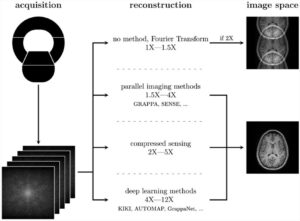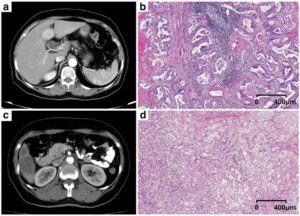Did you ever get lost between all the buzz words floating around like artificial intelligence, imaging informatics, radiomics, imaging biobanks, neural networks, clinical decision support, etc.? And what are the ethical and medico-legal implications of all these new developments? Then you may want to read the ESR white paper that was recently published by the ESR’s eHealth and Informatics subcommittee on what radiologists need to know about artificial intelligence!
A couple of years ago, some prominent figures suggested that radiologists may be in danger of being replaced. However, now that the hype has died down a bit, radiology is just as vibrant and interesting as before, maybe even more so, due to the fact that it is at the forefront of exploring the possibilities these new technologies bring. Therefore, in order to stay on top of the developments, it is surely a good idea to understand the technologies we are facing and the challenges these technologies face.
Just as an example: Who will be responsible for an algorithm’s errors? Probably the radiologist. However, if we do not understand the rationale behind a software’s decision, are we willing to trust it, or would we rather continue following our instincts? But then what was the point in asking the algorithm in the first place? Similarly, there may be other ethical issues that will arise once artificial intelligence finds its way into clinical practice. Just as Amazon’s recruitment tool showed bias against women and was finally shut down, if not implemented properly, an artificial intelligence tool could tend to suggest not treating patients of a specific subgroup because of an unidentified bias in the training data.
That being said, we should not be afraid of replacement or try to prevent artificial intelligence from being implemented in our daily practices. Rather, we should educate ourselves and be aware of areas where these algorithms could really assist with tedious tasks and areas where more caution and validation is needed to ensure we continue to provide high-quality service and value to our patients.
Key points
- Outside the traditional radiology activities of image interpretation, AI is estimated to impact on radiomics, imaging biobanks, clinical decision support systems, structured reporting, and workflow.
- The key factor of AI performance is training with big and high-quality data to avoid overfitting and underfitting.
- The three laws of robotics could be applied to radiology where the “robot” is the “AI medical imaging software.”
- If AI is used in clinical practice, the main medico-legal issue that then arises is “who is responsible for the diagnosis.”
Article: “What the radiologist should know about artificial intelligence – an ESR white paper“.
Author: European Society of Radiology (ESR)













